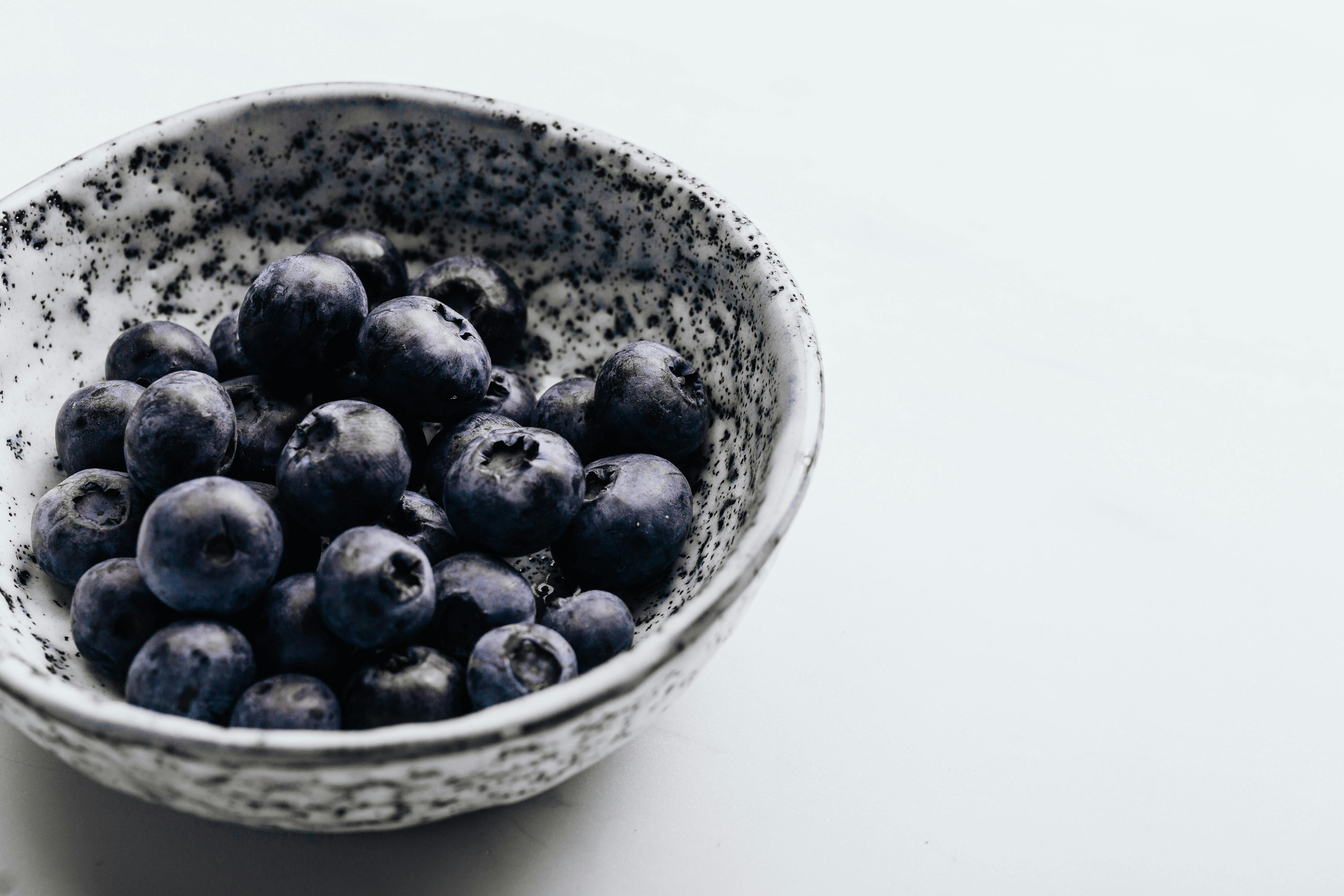hydroponic systems
If you’re interested in growing your own plants at home, use hydroponics. Hydroponics is the method of growing plants without soil. It is highly productive, conserving water and land, and protective of the environment. This requires only basic farming skills and is very convenient for us plant lovers who can’t afford to have a lot of backyard space for gardening.
Starting your own hydroponic system at home is not difficult. Just learn the basics: what you need, where to look for it, and gathering the essentials. What you need to know mostly revolves around the hydroponic system you would like to use and install, a good lighting system, starter buckets, a nutrient solution to feed the plants, and of course the seeds. Here is some information to get you started growing your own plants at home.
First, decide what to plant. The seeds are available in all grow shops and in many nearby stores. They even have them in some supermarkets and convenience stores, in plastic packages. You can buy grow kits that include seeds to plant in your system and guides with instructions and basics. You can also research which plants to grow and which ones grow the fastest in hydroponic systems. Tomatoes and lettuce are favorites. Among the fastest growing hydroponic plants are the following: spinach, with 14 to 20 days; Swiss chard, six to seven days old; turnips, mint and spearmint and most vegetables.
Another thing you should know is the starter cubes. The starter cubes are made of an inert material, which is a material that does not contribute anything to the plant other than as a support for the plant and its roots. The material retains some water but does not provide any nutrients. In hydroponics, nutrients are supplied through water. There are basically four types of starter cubes: Rockwool, Oasis cubes, Organo-Cubes and “peat pots”. The most commonly used are Rockwool, Organo-Cubes and Oasis cubes. These buckets hold water well but also hold enough air so that the medium doesn’t get too wet, making them more favored than peat pots because peat pots hold too much water and tend to “drown” plants.
All hydroponic plants require a nutrient solution which is a mixture of certain chemical elements to live introduced through the water in the system. This is a mix of essential nutrients that fall into two categories: macronutrients, or nutrients that plants need in large amounts; and micronutrients; nutrients that plants need in small amounts. Macronutrients include carbon, hydrogen, oxygen, sulfur, phosphorous, nitrogen, potassium, calcium, and magnesium. Micronutrients include iron, copper, zinc, nickel, manganese, molybdenum, boron, and chlorine. Solutions can vary in strength depending on the type of plants and the growth stages they are in. Most nutrient solutions are sold in mix parts with a specific formula and instructions for use at different stages of plant growth.
Your lighting system: Plants need the right lighting to thrive in your hydroponic system. The lighting should mimic the optimal lighting in the habitat of the plant you would like to grow. The three basic types of lights used in artificial lighting are incandescent, fluorescent, or high-intensity discharge lights. Fluorescent lights are affordable and the kind that can be easily found in stores. That is why it is also the most preferred by home gardeners. High-intensity lights are most effective for home growing because they provide more heat than is normally needed for most plants, but they can be expensive. However, some plants may require less light and heat to grow. You can use incandescent light for these types because incandescent light gives off less heat, which is perfect for plants that need indirect light or grow in shade.
